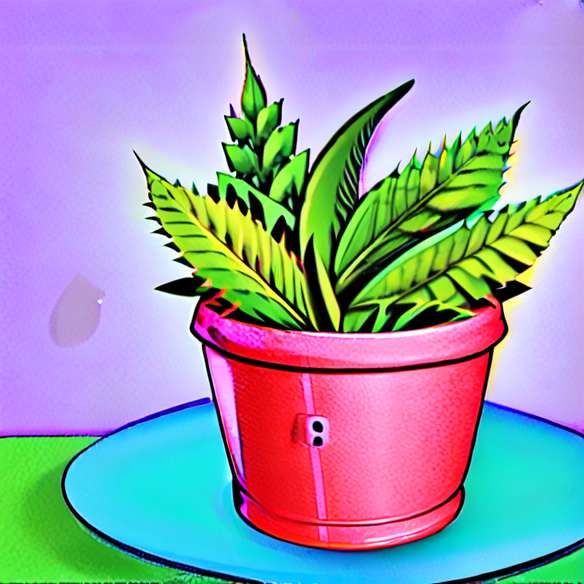Melissa, wormwood, wild thyme, tarragon, borage ... 5 forgotten aromatic herbs

Its large leaves look a bit like mint, but do not be fooled! This is actually lemon balm. Very useful in a garden because it attracts bees, she
she marries wonderfully with fish. To make a good seasoning, you can for example chop ten large leaves of lemon balm and mix them with slightly softened butter. Then simply brush the fish fillets - especially delicious with hake or haddock!
absinthe
Like lemon balm, a good asset for the garden since it elutes slugs. Beyond its sulphurous reputation, the "green fairy" regales palates with its captivating aroma. Gourmet idea: a crème brûlée with absinthe, to finish a meal on a note of freshness.
The serpolet
Wild thyme grows naturally in the countryside, in the meadows or on the slopes. From the family of thyme, its taste is closer but softer. It perfumes with wonder white and red meats, and will raise pleasantly the tomato sauces and the grills. One more reason to adopt it? The infused serpolet cures cough.
Tarragon
Its name comes from the Greek "drakon" because the ancients thought it was healing snake bites. Today, this very fresh herb is more readily associated with fish, which it delicately perfumes the flesh, than with reptiles. Tarragon blends perfectly with shallots or vinegar. It is possible to make yourself vinegar tarragon, allowing the leaves to macerate in vinegar white boiled for fifteen days. A vinegar scented for original salad dressings!
Borage
These small blue flowers are very pretty, but the borage is not only decorative! Very rich in essential fatty acids, it fights even sadness. With its small iodized taste, it is used as a condiment, to enhance meat or omelettes. But just like nettle, it can also be eaten in soup, mixed with potatoes and a little cream.








